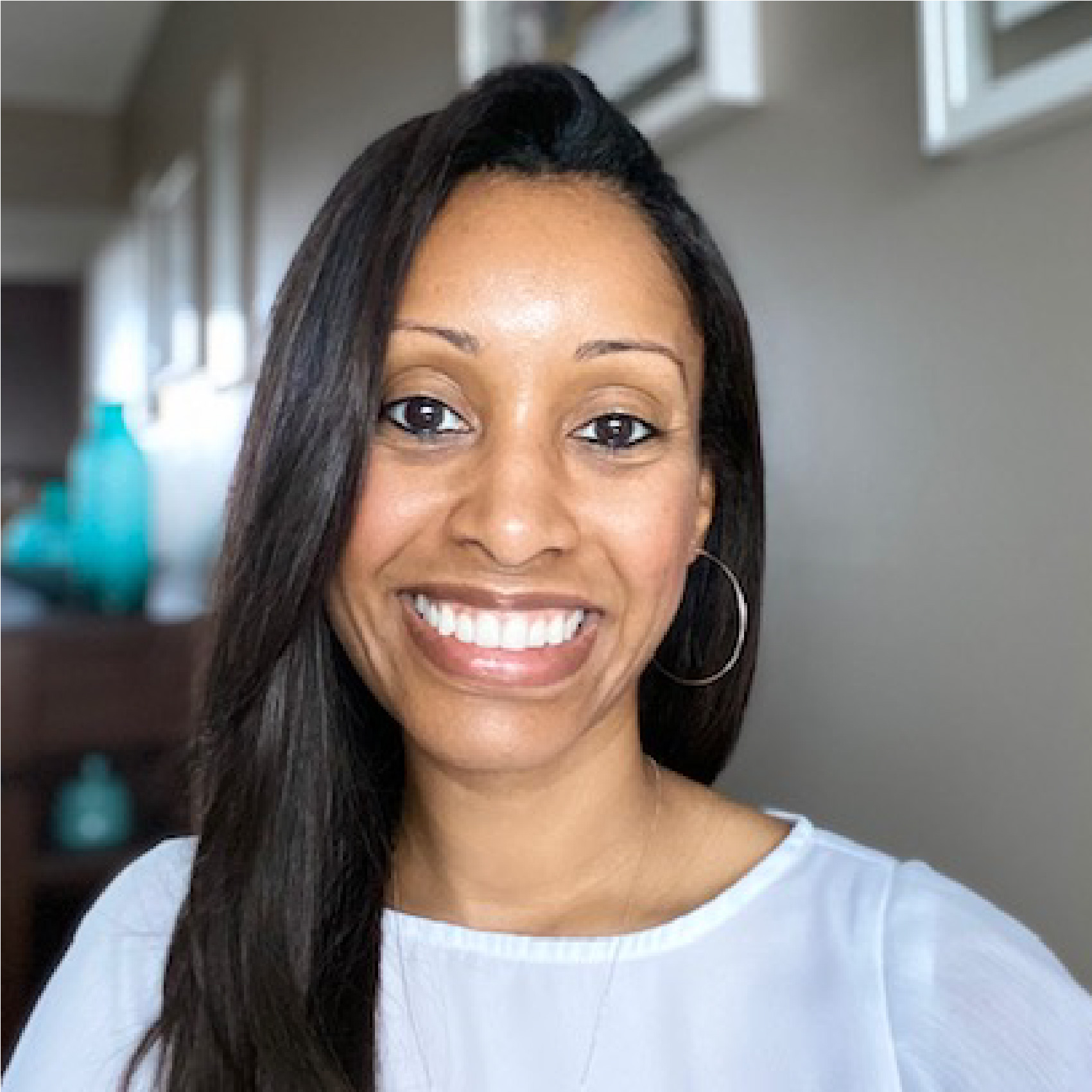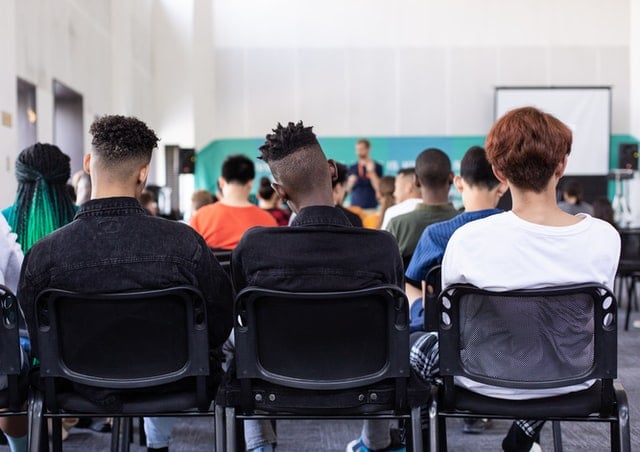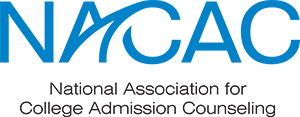Editor’s note: If you’ve already read our first installment of the IB programme blog post, this post now goes through the nitty gritty of the program. Whether you’re a student or parent deciding if the IB programme is right for you or your child, or an educator trying to better understand what the heck the IB programme is, read on.
And…we’re back with the second entry in our two-parter about the International Baccalaureate (IB) programme. We know, this is absolutely riveting stuff! In case you missed it, in the first blog, we took a high-level view of the IB programme and shared some information about the unique features of both the AP and IB pathways, with special considerations when looking at either option. In this post, we’re focusing solely on the IB programme and its various components, content areas, course options, and forms of student assessment, so settle in!
A few points before we dig in:
The IB Diploma is available to high school students who attend an authorized IB World School -- very serious language just to say that a school must be approved to teach an IB programme of any sort. To provide a bit of context, there are just over 25,000 high schools (public and private, combined) in the U.S., with roughly 970 of those high schools offering the full IB Diploma programme, so it’s not a curriculum readily accessible to all students. Does that pose a disadvantage, college-admissions-wise? Absolutely not! Students can’t reasonably be evaluated about an academic option that isn’t available to them. But, if you’re curious to find out which U.S. high schools offer the IB Diploma programme, check out the full list here.
Also, it’s super important to know that the IB Diploma programme consists of a two-year curriculum during junior and senior years, with freshman and sophomore years focusing on preparing students for success prior to pursuing the rigorous, comprehensive program as upperclassmen. So, long story short, it’s a commitment!
Related: What Is IB? Making Sense of the IB Diploma Programme
What’s the IB diploma programme all about?
The IB programme consists of six subject groups (language and literature; language acquisition; individuals and societies; sciences; mathematics; and the arts) and the diploma core (sounds ominous) comprised of theory of knowledge (TOK), creativity, activity, service (CAS) and the extended essay (EE). Don’t you just love all the acronyms? But also, what does it mean?
Let’s start off with the Diploma programme core, which is made up of the three components mentioned above, aimed at broadening and enhancing a student’s learning experience. Theory of Knowledge, or TOK, provides a framework that encourages students to think critically, thoughtfully, and purposefully about knowledge by asking central questions during classroom discussions where students become aware of their own and others’ assumptions and thought processes. Assessment in the TOK course is through an oral presentation and a 1,600 word essay (wowzers!!) that is conceptual (and sometimes abstract) in nature. So, if reading, writing, critical thinking, and researching are up your alley, then you’re in the right place. Interested in seeing what a sample TOK essay title/topic might look like? Check that out here.
The second component, creativity, activity, service (CAS), requires that students engage in experiential learning and initiate at least one service project that is meaningful, challenging, and which allows for reflection. The individual student decides what their activities and project will be about, with the only real “rule” being that the activities should be self-initiated. The CAS components can really take any form (see examples in the “CAS” link above) and the final project can be related to any single strand (or all parts) of CAS.
Finally, we get to the extended essay (EE), and it’s a doozy! The EE is an independent, self-initiated and self-directed research project, culminating with a paper coming in at a whopping FOUR. THOUSAND. WORDS. I believe I may have said wowzers too soon. What’s the point of this research project/mega paper? Welp, it’s intended to prepare students for intensive undergraduate research, while also providing the opportunity for them to pursue a research topic of their choosing that is personally interesting or related to the six subject groups (more on those groups later). Similar to TOK, the EE component of the IB programme is SUPER research and writing-heavy, so if that’s not something a student enjoys doing or it’s just a pain point, it’s something to consider when deciding whether the program is a fit or not. Almost forgot: there’s also an interview as the final piece of the EE, so yes, a lot is going on here. EE essays are scored on a scale of 0-34, and those scores are related to a specific performance band A-E (I know, now it’s fusing letters AND numbers together) that measures whether they meet “excellent” or “elementary” standards. Not confusing at all.
What about the subject groups?
Let’s dive into that next! Within the six groups mentioned above, students have the opportunity to take a variety of courses, ranging from English language and literature, to language acquisition courses in Latin, Greek, Spanish, Mandarin, and French, to social sciences/humanities, various levels of math, and both the visual and performing arts. Students are required to choose courses in each subject group, with the option to substitute an additional science course in place of a course in the arts. This brings us to an important point about levels of rigor within the program, which follows two pathways: higher level (HL) and standard level (SL), with students taking some subjects at different levels than others. The HL and SL courses differ in scope, depth, and complexity (with students expected to show greater mastery at the higher level), but are assessed in the same way (meaning on the same scale). In each year of the program, students are expected to take at least three to four subjects as HL courses and the rest at the standard level. Curious to see what a sample two-year schedule might look like? Check it out here.
How are IB students assessed?
Students in the IB Diploma programme are assessed in various ways to determine content mastery, development of advanced problem-solving and critical thinking skills, and the ability to retain and apply knowledge. Students are evaluated through external assessments (typically, IB exams at the end of senior year) that include essays, short- and long response questions, and case studies, as well as year-round in the classroom through lab work, fieldwork projects, research, presentations, and essay writing. Final results for the IB Diploma are graded on a scale ranging from 1-7 (7 being the highest), with a grade earned in each course attempted and the final score being a composite of combined scores in each subject. To qualify for the diploma, students must earn a total of at least 24 points.
Related: How Many AP Classes Should I Take?
So, what’s the right choice to make, and what does this mean in the world of college planning?
Here at Collegewise, we’re champions of student creativity and out-of-the-box thinking when it comes to crafting a high school experience that aligns with a student’s particular goals and values. We encourage students to play to their interests and strengths, but still retain a sense of curiosity in exploring areas or topics that might be outside of their day-to-day comfort zone. This is where meaningful conversations about your student’s academic journey can really help them identify which of the various curriculum options offered at their high school is the best fit for them, in whichever way that means. High school students are often faced with what appear to be competing options when it comes to which learning pathway to follow, courses to take, milestones to accomplish, and levels to reach, which all sounds very much like an exhausting video game.
But, it doesn’t have to feel or be that way. With careful thought and intentional decision-making, it’s possible for students to craft a learning experience that is uniquely their own, minus the pressure to conform to the structure of one program versus another. When thinking ahead towards college admissions, whether that’s in a few short months for rising seniors or in a few years for underclassmen, it’s important to keep in mind that there is no right or wrong way to do this.
Among many other factors, colleges and universities want to see students who are thriving, academically and emotionally, according to what works for the individual student, while making the most of the options that are available to them and pursuing the most rigorous curriculum that they can successfully navigate, without stumbling at the finish line. The key phrase here is successfully navigate -- if it isn’t going well, then taking those super high-level courses isn’t doing anyone any favors. So, be mindful of those choices and check in at multiple points each high school year to evaluate your progress and recalibrate if things are too challenging (or too easy), regardless of the AP or IB conundrum. In the end, what matters most is that you’re challenging yourself, building a solid academic history, and learning cool new things along the way. Really, what more could we ask for?
About Us: With more than twenty years of experience, Collegewise counselors and tutors are at the forefront of the ever-evolving admissions landscape. Our work has always centered on you: the student. And just like we’ve always done, we look for ways for you to be your best self - whether it’s in the classroom, in your applications or in the right-fit college environment. Our range of tools include counseling, test prep, academic tutoring, and essay management, all with the support of our proprietary platform, leading to a 4x higher than average admissions rates.



.png?width=600&height=200&name=Blog%20CTAs%20(7).png)



